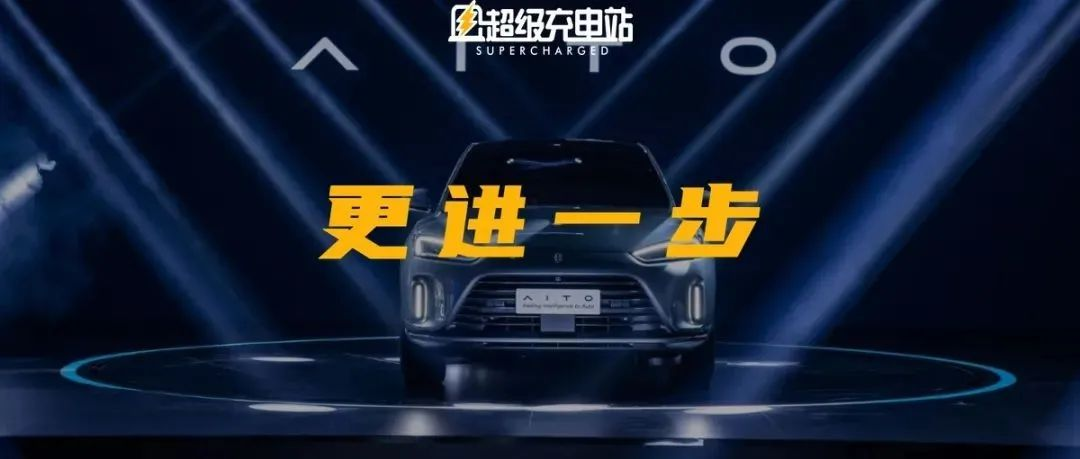In the last edition of the Supercharging Weekly Report in November, the author, LYNX, had already predicted the heavyweight events that would happen in December: the sales of new forces would hit a new high, NIO DAY from NIO, and the release of a brand new energy brand from Huawei and Seres.
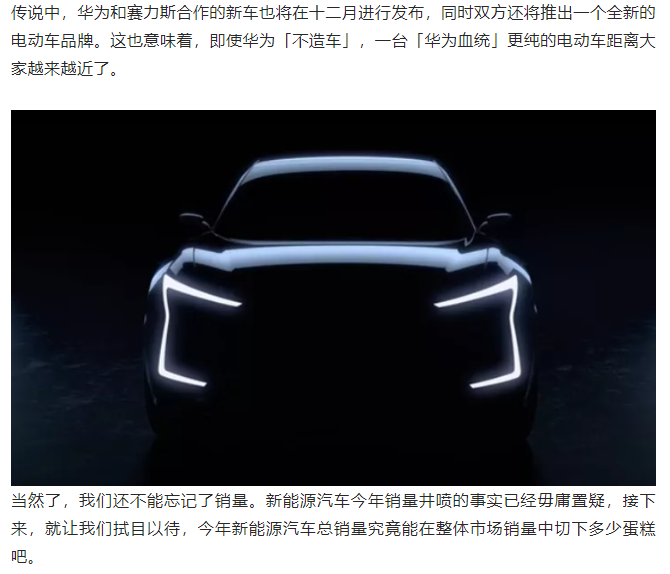
Just yesterday, on the first working day of December, two pieces of news became the hottest topics on my Weibo. One was about the sales figures released by new energy carmakers in November (details can be found in “Is NIO’s November delivery of over 10,000 cars passing the test? New carmakers are going all out…”), and the other was that Seres is about to release a brand new high-end brand.
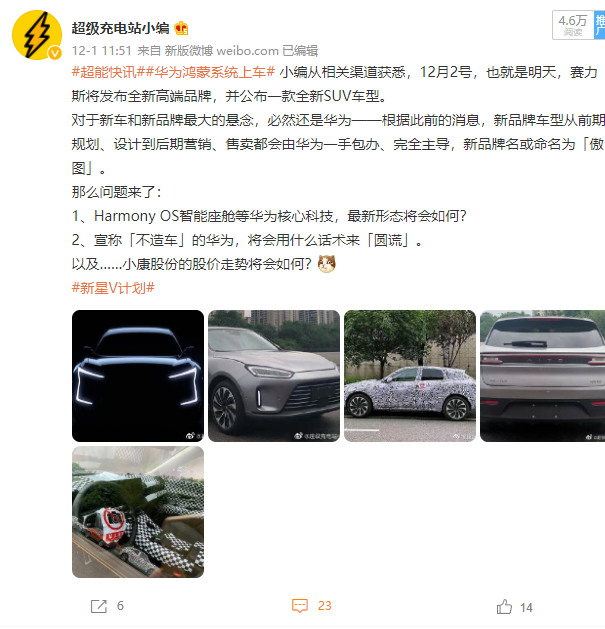
Oddly enough, unlike the grand promotion preceding the release of their new brands in the past, there was almost no relevant information online yesterday.
After I posted this piece of news, it was questioned by enthusiastic netizens and criticized as “fake news.”

The answer was revealed the next day. Perhaps it is precisely because of the support from Huawei that Seres had the courage to do things differently. Not only did they not promote it in advance, but today there is no live broadcast of the release event on the network.
But anyway, a brand new high-end energy brand appeared silently in front of everyone, and its name is “AITO” (pronounced “Ay-toe,” not the legendary “Ao-tu”).
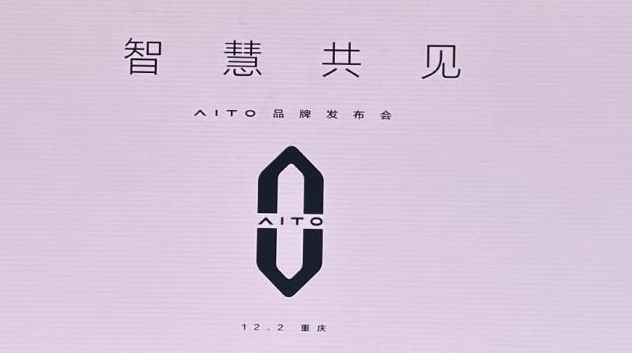
New Brand
In fact, there wasn’t much “substance” revealed at the Seres release event. Its core message was to make everyone remember the name “AITO” –
According to the official statement, AITO is both a variation of the English word “AUTO” and an abbreviation for “Adding Intelligence to Auto.”
The brand concept behind it is “Committed to creating new high-end intelligent cars for each user. Bringing intelligence into cars and making them smarter.”
Obviously, the term “intelligence” is closely related to Huawei. This can be seen from the core competitiveness of AITO as described by the official Seres: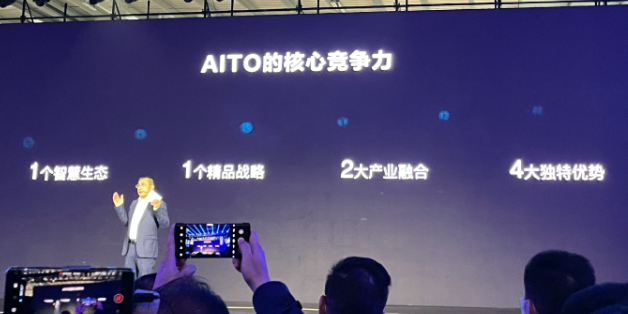
1 Smart Ecosystem: The AITO vehicle will include Huawei’s latest Harmony OS intelligent cockpit, which will seamlessly connect to all smart devices and scenarios.
Translated into simpler terms, it means that Huawei’s Harmony OS, which powers its smartphones, smart homes, and other digital hardware, will seamlessly link with AITO’s in-car entertainment system.
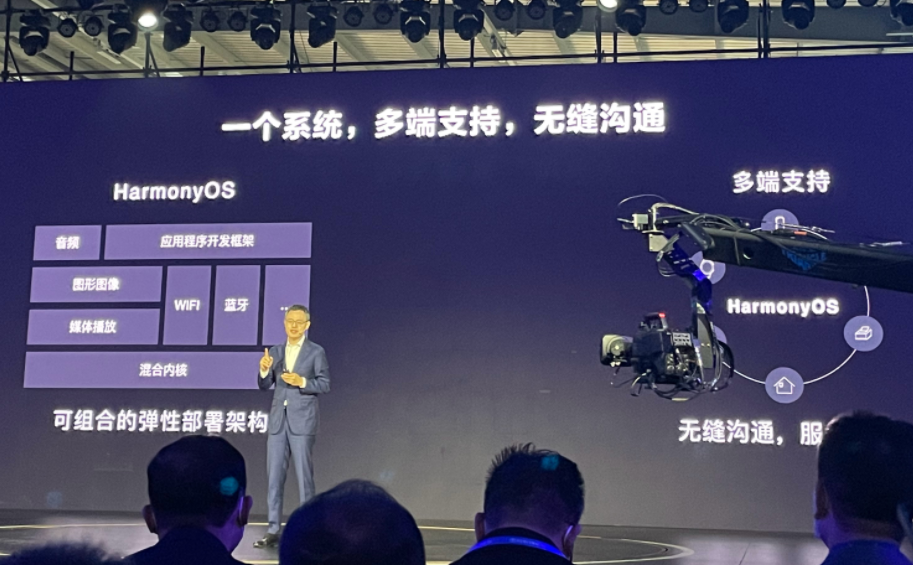
1 Premium Strategy: This includes five platforms of Seasight: premium R&D, premium manufacturing, premium quality, premium supply chain, and premium services.
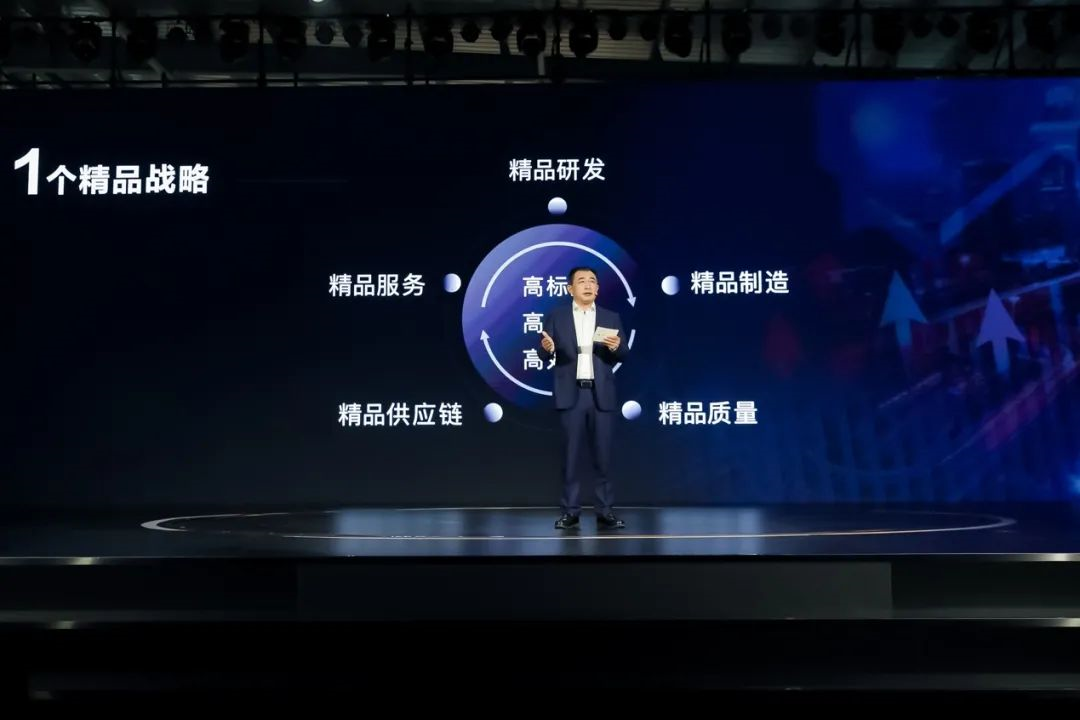
This includes Seasight’s Industry 4.0 standard smart factory, and its supply chain partners, as well as Huawei’s rigorous product quality control system and high-quality sales channels across the country.
2 Greater Industry Integration makes it easier to understand, where new energy vehicle and technology companies Seasight and Huawei join hands and deeply collaborate on smart R&D, production, sales systems and service network.
4 Unique Advantages: Smart, technology, quality, safety.
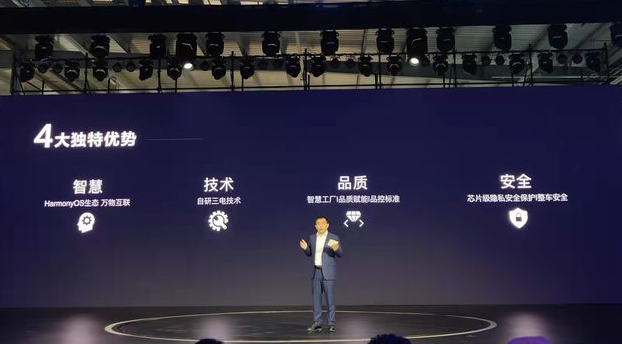
Seasight’s three-electric technology, factory quality control, and supply chain standards are all “hard standards” that do not require much introduction. More importantly, it still emphasizes the strong features of Huawei’s Harmony OS smart ecosystem.
For example, the Harmony OS system proposes the concept of “one-time development, multi-terminal support, seamless communication.” Developers only need to develop once under Huawei’s framework, without the need to repeat development in order to synchronize with smartphones, in-car entertainment systems, tablets, and other smart terminals.
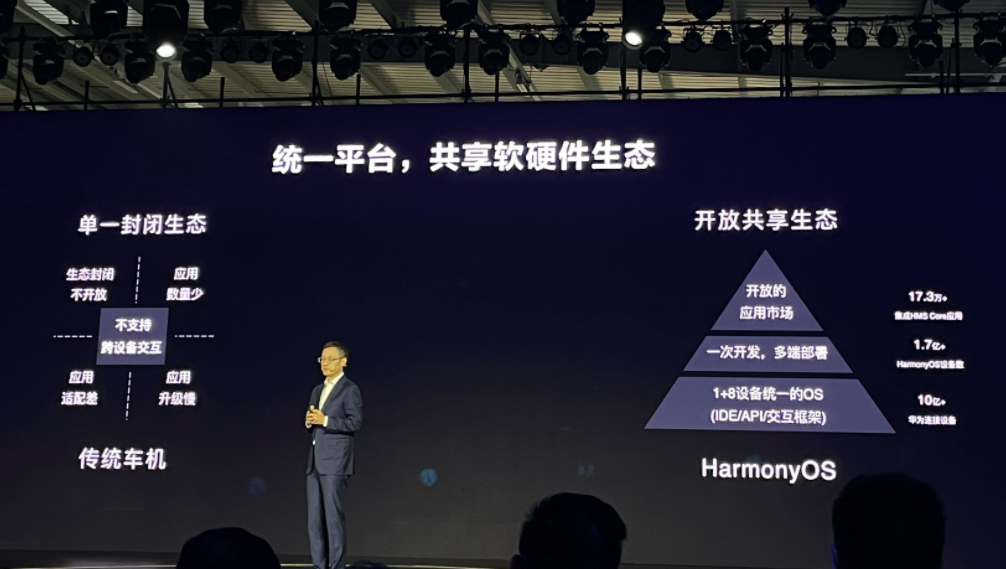
Furthermore, based on its ICT (Information and Communications Technology) field expertise, Huawei will provide information security protection for the three ends of AITO’s products, including terminal end, chip end, and end-to-end cloud collaboration.
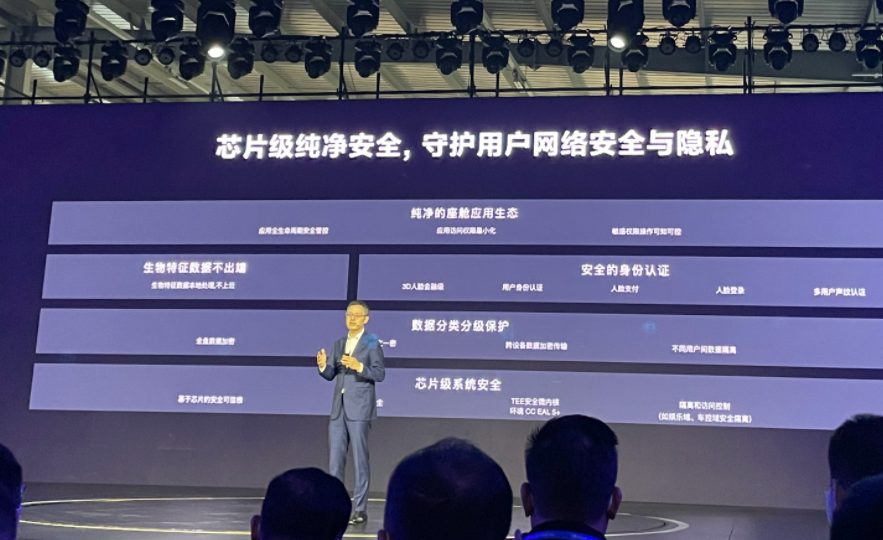
New Models
In addition to the overwhelming “Huawei features” in terms of brand competitiveness, the new AITO car unveiled at this press conference is everywhere influenced by Huawei.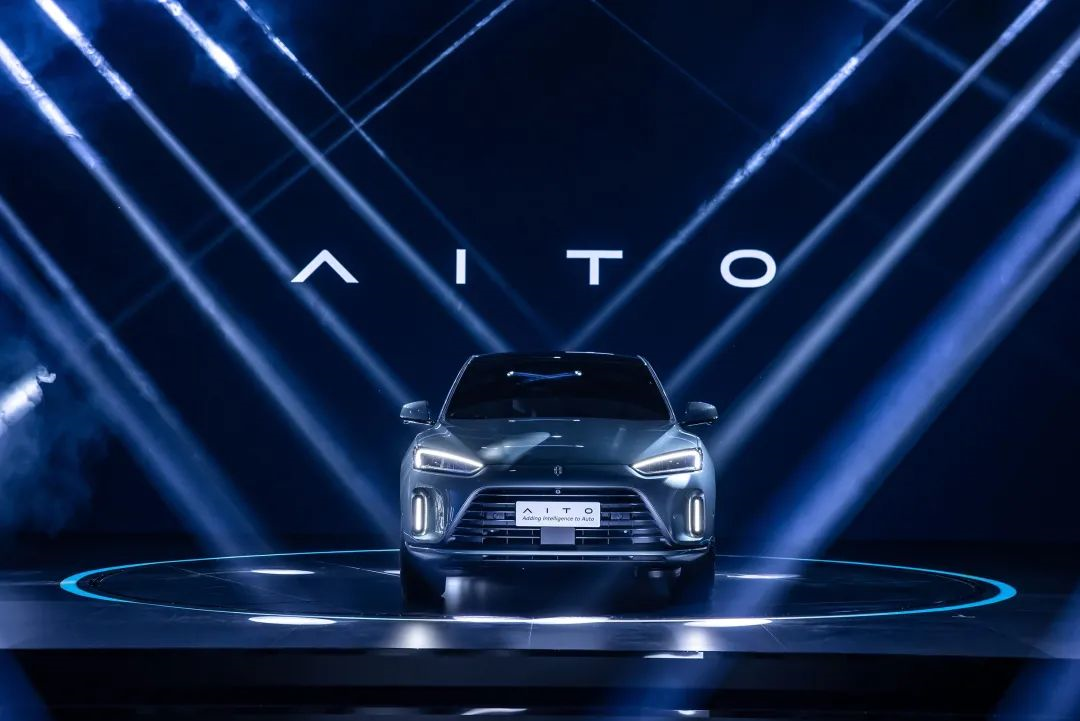
The first medium-sized SUV of the AITO brand, like the previously launched Huawei Select SF5, adopts a range-extended powertrain.
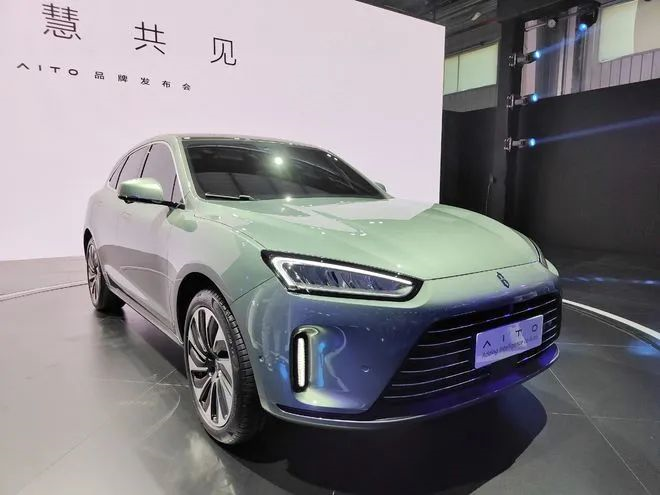
The new vehicle has a length, width, and height of 4770/1930/1625mm and a wheelbase of 2880mm, which is only slightly higher than the SF5 (length, width, and height of 4700/1930/1625mm and a wheelbase of 2875mm).
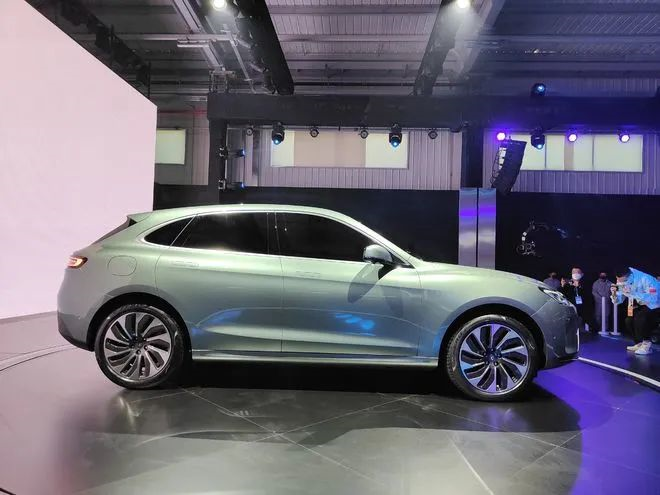
In terms of exterior design, at first glance, the new car looks almost identical to the SF5, except for the logo being replaced with AITO, making it a small modified model of the latter.
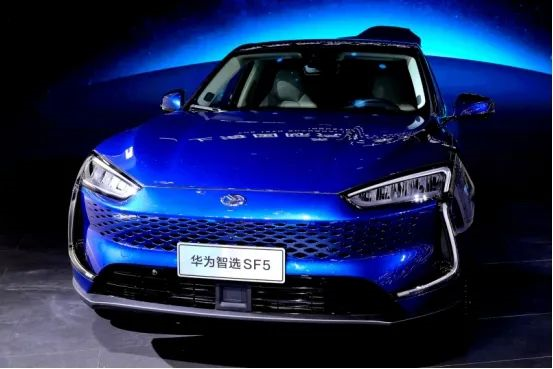
The significant change in the AITO new car must be inside: the intelligent cockpit is replaced with the new Huawei Harmony OS (Hongmeng) intelligent cockpit, and the powertrain is replaced with the new pure electric drive range-extended platform (DE-i) of SAIC Motor.
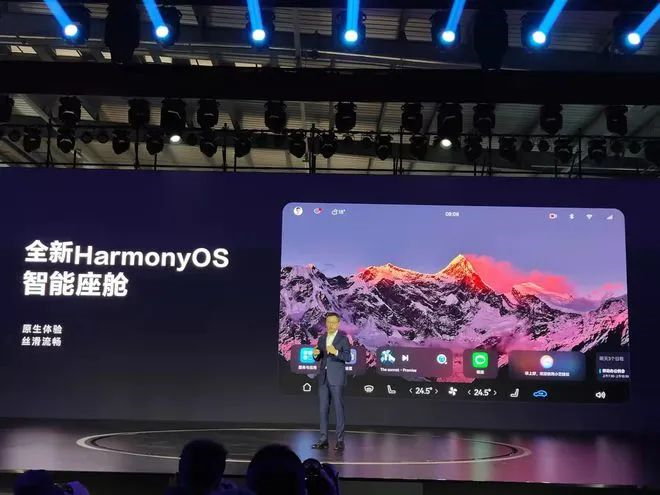
AITO will be equipped with the Huawei Harmony OS intelligent cockpit model, which can realize seamless connection between system devices.
Through the Harmony OS system, the vehicle’s host can connect and share information with other intelligent terminals, and various hardware devices can be connected with people, vehicles, and homes.
In addition, Huawei’s intelligent cockpit “one-core multi-screen” solution is also expected to be installed in the new car. This solution can enable various displays such as LCD instruments, AR-HUD (head-up display), central display, central entertainment screen, central control screen, and front passenger screen to be supported by the same chip.
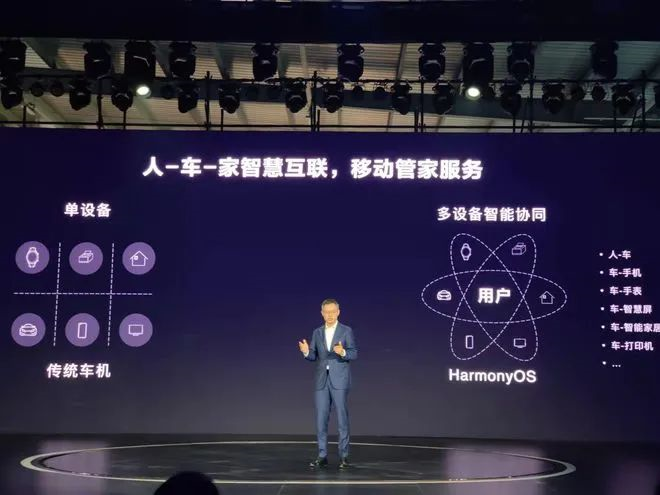
As for the actual performance of this vehicle system, it still needs to wait until there is an opportunity to experience it to bring you more in-depth evaluation.
In addition to the changes in the intelligent cockpit software, the biggest hardware upgrade of the AITO new car is the installation of the new pure electric drive range-extended platform (DE-i) of SAIC Motor.## Translated English Markdown Text with HTML Tags
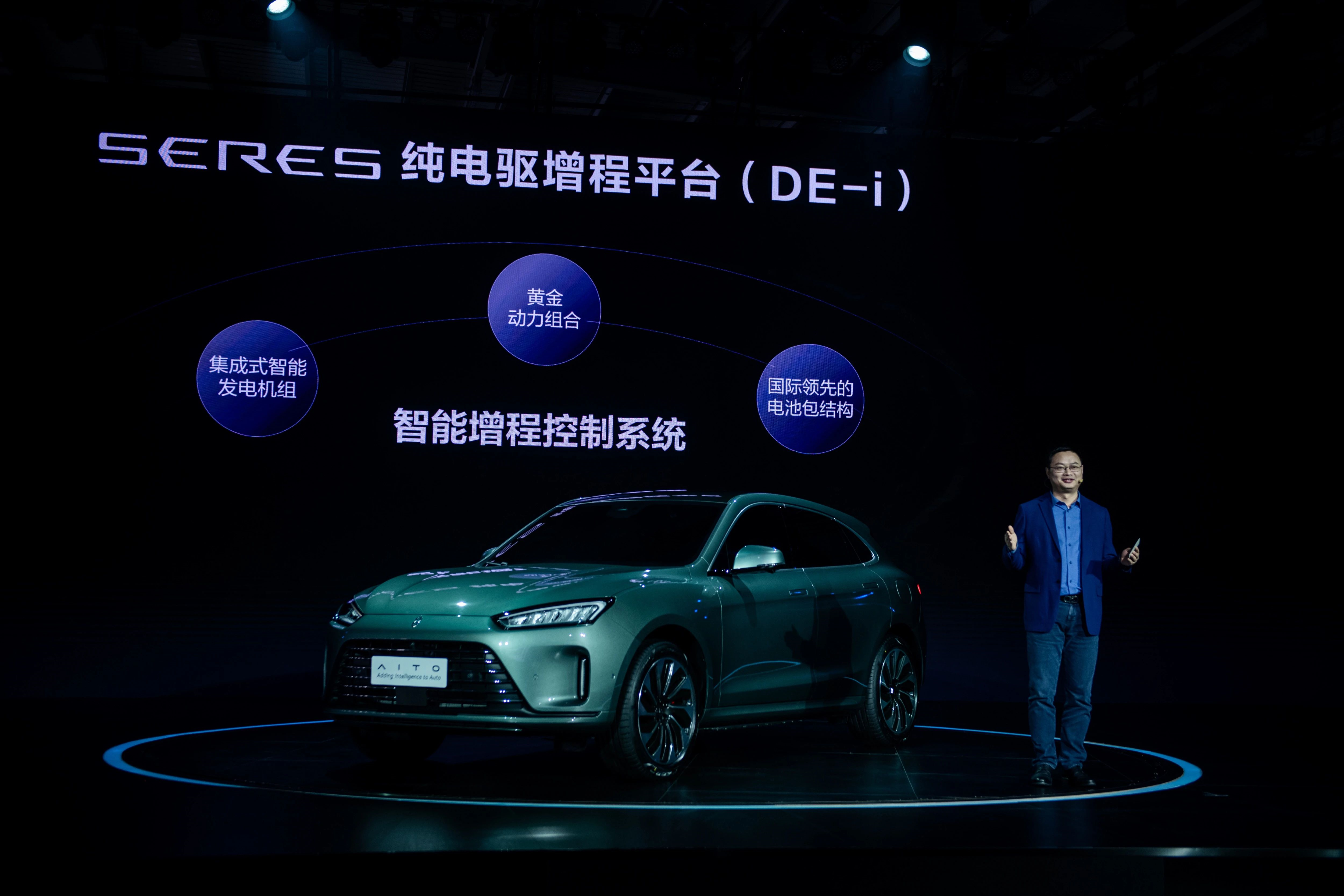
According to the official introduction from Ceres, this hybrid system is a comprehensive integration solution that integrates hardware and software across the board.
On the hardware side, the new car is equipped with a 1.5T range extender with a maximum power of 92 kW, and burning 1 L of gasoline can supplement the battery pack with 3.2 kWh of energy.
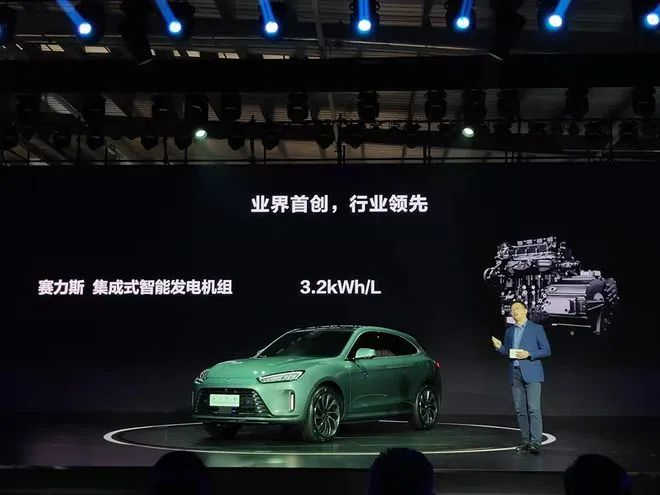
The peak power of the new car’s dual-drive motors is 165 kW (front motor) and 150 kW (rear motor), with 0-100 km/h acceleration in the 4-second range, and fuel consumption under WLTC conditions is 0.80 L/100 km, with a comprehensive range of over 1000 km.
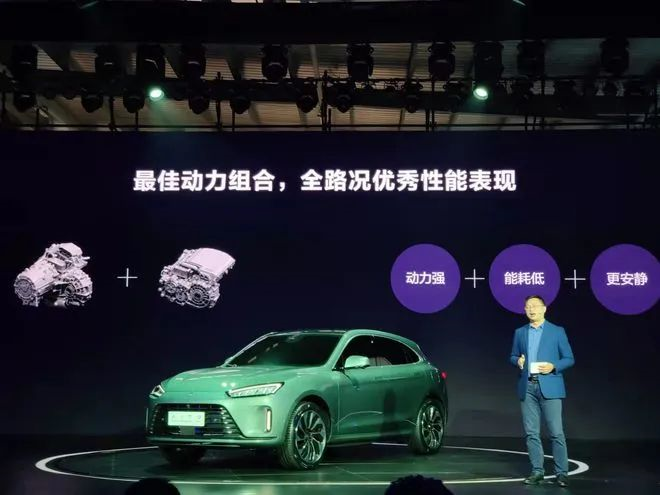
In addition, the AITO new car is equipped with an intelligent hybrid control system with multi-scene recognition, which can intelligently consider more than 860 scenarios such as road conditions, altitude, temperature, load, and vehicle conditions to achieve optimal power output. It can also be upgraded via OTA in the future, and continuously iterate and evolve.
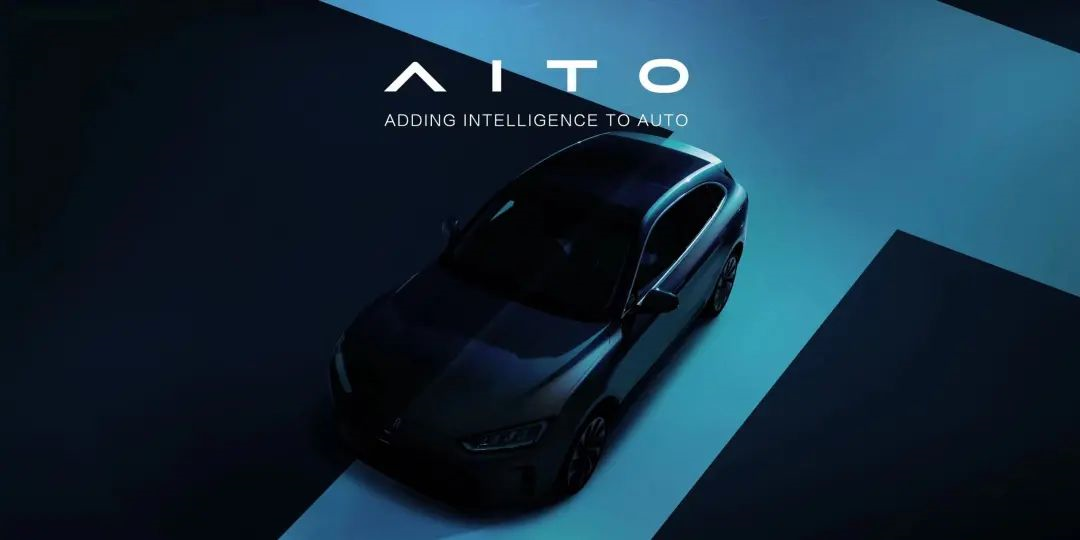
After reading a lot of dry data, everyone may still have a feeling of “hard to understand but impressed.” It should be noted that when Ceres promoted the SF5, it also used the 1000+ km range as a selling point.
So what’s the difference? Let us compare the power system of the previous Ceres Huawei Select SF5 with the AITO system. We can catch a glimpse of the clues:
-
Maximum power output of the range extender has been improved: The SF5 is equipped with a 1.5T range extender with a maximum power of 82 kW and a maximum horsepower of 112 Ps. The AITO new car’s 1.5T range extender has a maximum power output of 92 kW and a maximum horsepower of 125 Ps.
-
Changes in electric drive: The dual-motor version SF5’s “humpback hybrid” system, with the front motor being a Ceres SEP 200 motor with a maximum power of 255 kW, and the rear motor being a Huawei DriveONE three-in-one electric drive system with a maximum power of 150 kW, While the AITO new car’s front axle motor has a peak power output of 165 kW, and the rear axle motor has a power output of 150 kW.
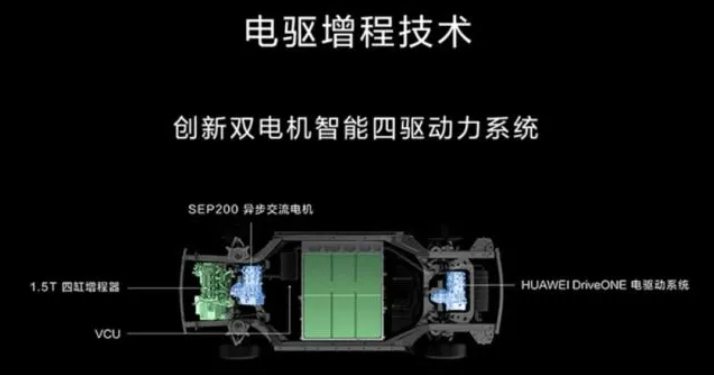 Does this mean that the range extender system of AITO’s new car will also be replaced with Huawei’s solution?
Does this mean that the range extender system of AITO’s new car will also be replaced with Huawei’s solution?
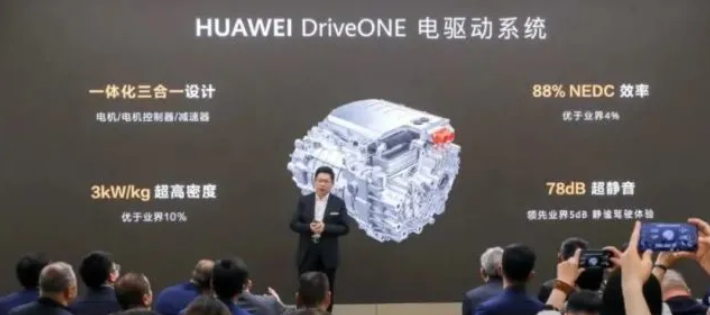
The answer will be revealed when the AITO new car is officially released on December 23.
Future and Suspense
In addition to launching a new brand and showcasing new cars, the official also revealed AITO’s future development plan.
In terms of products, in addition to the first medium-sized SUV unveiled today, AITO will also launch a medium-sized pure electric SUV and a medium-to-large-sized SUV.
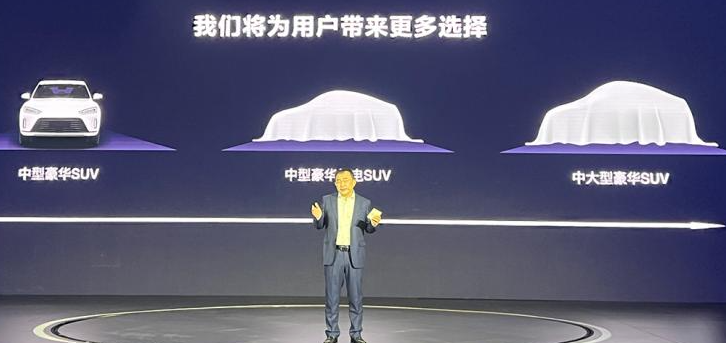
In terms of channel construction, Saicelus and Huawei will jointly build a marketing network, and thousands of flagship stores, experience centers, and user centers will be built next year.
In fact, according to Huawei’s official data, as of the end of 2020, nearly 60,000 retail outlets including 12 flagship stores and more than 5,000 experience stores have been established worldwide.
This also means that an AITO new car will appear in many Huawei exhibition halls in the future.
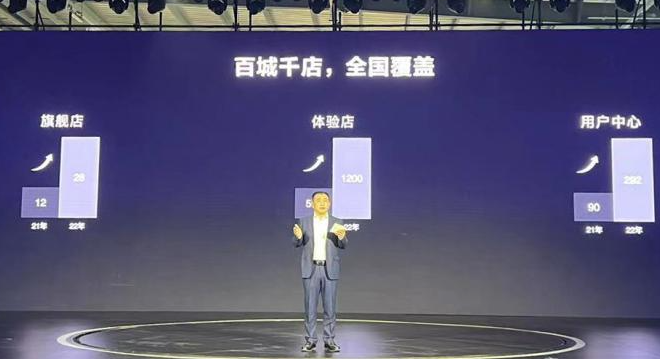
Regarding the outlook for the future, the official stated at the press conference that AITO’s goal is to enter the top tier of domestic new energy vehicles in the next five years, and achieve a top three annual sales volume.
In addition, there are still many suspense surrounding the AITO brand.
First, it is still the “relationship” between Saicelus and Huawei.
As early as a few months ago, rumors spread on the Internet that the two companies will join hands to launch new brands and new car models.
According to rumors, the new car will be “handled” by Huawei from the early planning and design stages to the later marketing and sales stages. It is equivalent to Huawei buying out this car model, and Jinke Saicelus is only responsible for contract manufacturing.
So, will Huawei, which has always emphasized “not making cars,” “turn to making cars” in this way? Will Saicelus really be willing to become Huawei’s contract manufacturer?
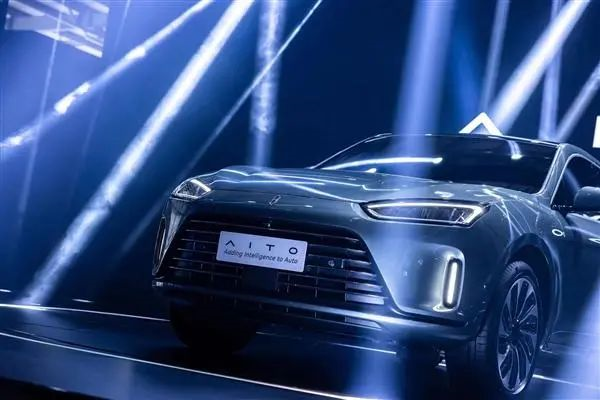
The second is the future fate of Saicelus Huawei Ideal SF5.
Saicelus SF5 is the first model to enter Huawei’s sales network. Although its sales performance has not been impressive due to Huawei’s support, its sales volume has reached 1,926 units in October.Will the old car owners who have already purchased SF5 become “leeks” after the new AITO car is launched?
Will potential users who are waiting and watching choose to continue to be “wait and see” and cause SF5’s sales to falter when they just start to pick up?
These all require time to give us the answers.
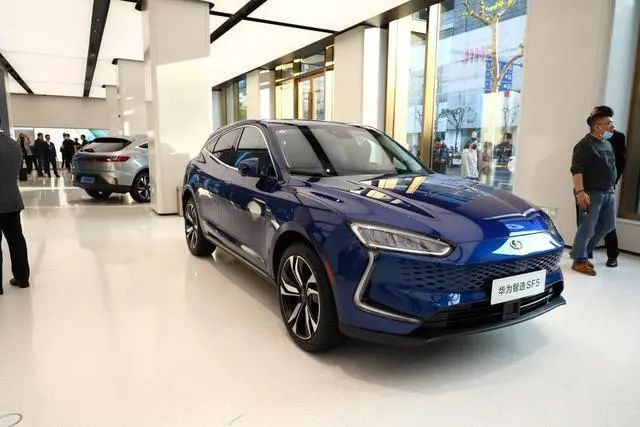
However, let us carefully recall the words of Yu Chengdong when he announced the car sales in April this year:
“After being sanctioned by the United States multiple times, Huawei’s mobile phone business was affected. After much consideration, Huawei decided to sell cars to make up for the decline in profit caused by the impact on mobile phone sales.”
Does Huawei really not make cars? Really?
This article is a translation by ChatGPT of a Chinese report from 42HOW. If you have any questions about it, please email bd@42how.com.
